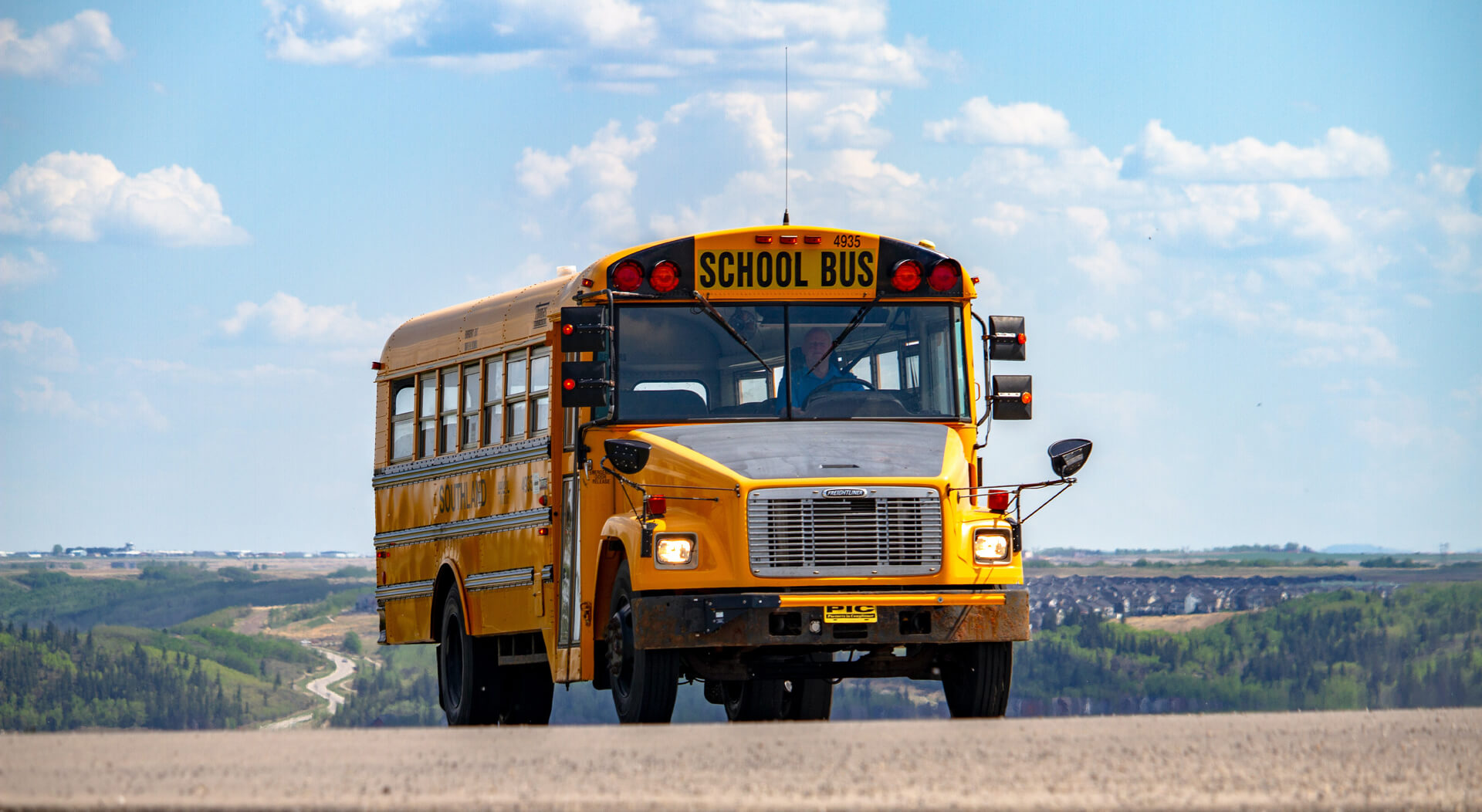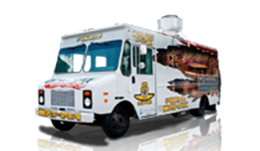Safety Laws You Should Know When Operating a School Bus

As a business owner, it is your focus and priority to offer your consumers the best services and products. It is to assure them that the money they’re putting into your business will be the best experience they’ll have. And it goes the same when you’re operating transportation services that involve school buses and children.
When operating a school bus, you are fully aware that it will be a massive responsibility. Your company will be accountable for many innocent lives. So, it is a serious business. It is an industry that needs all the necessary preparations to be done in detail and without flaws.
Are you ready to take on accountability? Are your bus drivers qualified and have passed all the necessary federal-state law requirements? And do you know the safety laws when operating a school bus business? Find out these laws here right now.
What’s Inside
American School Bus Council and National Highway Traffic Safety Administration
The Federal Government has remained true to its commitment to regulating school bus transportation and protecting the children riding these vehicles, starting in 1966. The American School Bus Council continues its initiatives to highlight the importance of school buses for kids having to travel safely from going back and forth from home and school.
The ASB has a cooperative and joint agreement with the National Highway Traffic Safety Administration. The NHTSA has made it a point to regulate school buses and the critical safety laws.
Identification and Color Standards
As a school bus business operator, it’s crucial to follow its specific standards and safety laws. An example is reaching the regulations from color and identification.
The school buses should not come in any color of your choice. The vehicles need to be painted in the designated National School Bus Yellow. In addition, the bumpers and rub rails have to come in gloss black paint.
The specific words “SCHOOL BUS” have to be printed on both the rear and front of the bus’s body and need to be visible. The district number and name have to be located under the window line. It goes the same with cooperative or contractor words.
Even the wheels have to come in the standard colors of either black or yellow, and the reflective decals and signs are seen on the bus’s rear. These areas are among the safety laws because it ensures that you are operating under the compliance of the Federal Government and your business is legitimate.
Stop right there!
Training is essential for drivers because they should know that wherever they are in the United States when they see a bus stop, they’re not allowed to move at all.
Yes, your bus drivers have to know that it’s illegal for other drivers to go past them upon stopping to drop off the kids or pick them up. It’s because children are on board the bus. They are precious cargo that has to be protected at all times possible.
Your bus drivers should also ensure they stop at designated stop signs with their signal lights, conveying the message to other drivers to stop right there! It’s a simple but responsible action that ensures the safety of everyone on the road.
What do yellow and red signal lights mean?
There are different lights on buses for legitimately good reasons. These lights indicate what your bus drivers are about to do, informing other drivers on the road what to expect.
For example, when your school bus driver turns on the yellow signal lights, it means they’re going to stop. As they’ll either drop off or pick up the children. The drivers are then encouraged to reduce their current speed to only 20 mph when they’ve seen these lights.
Red lights, especially with an extended arm signaling to stop, literally means a complete stop is required. Everyone should allow the children on the bus to go off or children to come aboard in this situation.
Furthermore, officials are given the authority to wave on the traffic for possible bus emergencies. These officials are the school crossing guards, bus drivers, and police officers.
School bus compartmentalization and seat belts
Since 1968, seat belts have always been a requirement on passenger vehicles. Today, 49 states are strict in requiring the utilization of seat belts. Bus safety equipment is needed as well.
Would these work in school buses? The NHTSA did decide that it would be best to adopt the concept of “compartmentalization.” It is the impression that large buses can protect the children through compartmentalization through the solid and closely-spaced seats. These seats can absorb the impact too.
However, if you have smaller school buses in the business, it is best to have seat belts installed in all seating positions. It is a necessity for every occupant’s protection.
Other states in the country have taken an additional step to make sure the children are given extended protection at all times. These states that have required all buses to have seat belts fitted for every child are:
- California
- Louisiana
- Arkansas
- New Jersey
- Florida
- Texas
- New York
School Bus Driver In-Service Curriculum
Since you’re running a business, your bus drivers need to undergo the regular training intended for their occupation. It is imperative to their job and for the children’s safety.
The curriculum ensures that the drivers are up-to-date on what’s happening in the industry or the current standards. In this manner, they can maintain and improve their capabilities as skilled drivers and protect the children the best way they can as under their responsibility.







